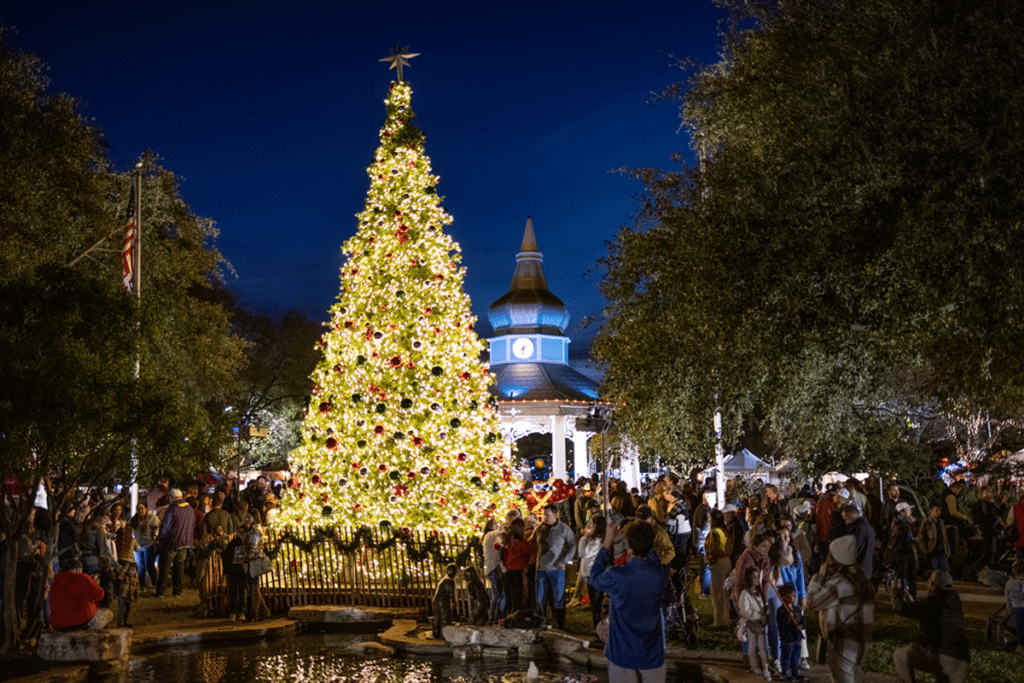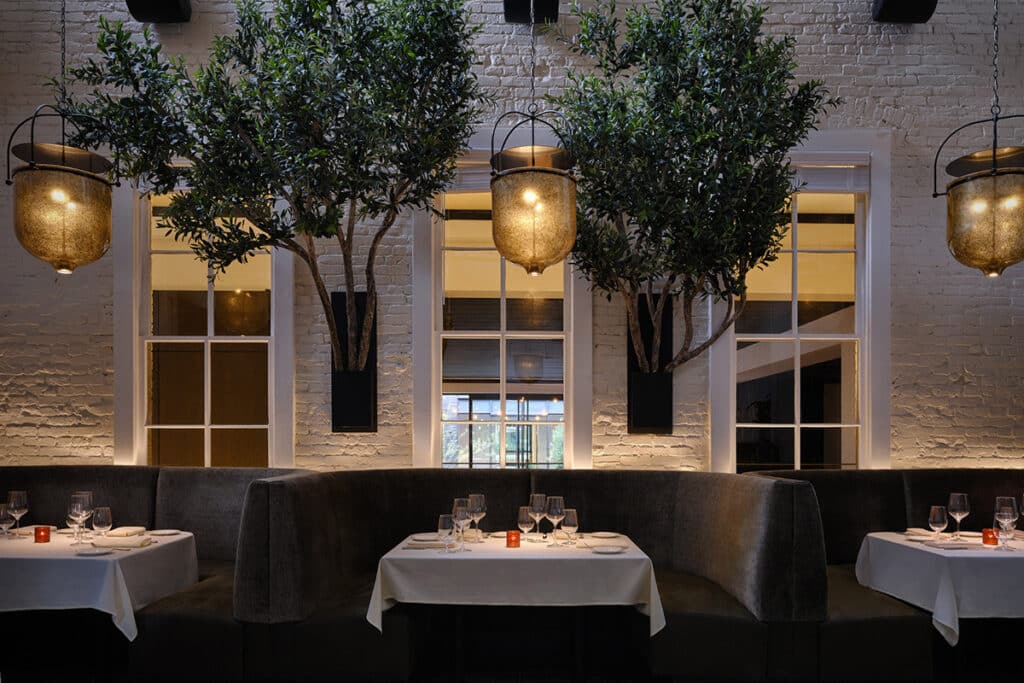Though no actual laurel crown was placed on her head, on April 3, Mayor Julián Castro officially appointed author and educator Carmen Tafolla as San Antonio’s first poet laureate and the first city laureate in the state of Texas. It was along-awaited ceremony. First suggested in 2005 by the late poet Trinidad Sanchez, the idea of having our own poet laureate was eventually adopted by the Office of Cultural Affairs (OCA), which began researching similar initiatives in other cities. But it took years before it finally became a reality this spring as part of the mayor’s larger SA2020 vision of turning the Alamo City into a better educated, more literate and vibrant city. For Tafolla it’s an exciting opportunity to help the community she loves. “It’s an honor and a responsibility,” she says when we meet in late May to discuss her new role. “So far, few cities have poet laureates, and those that have them, such as New York, Los Angeles and Albuquerque, see the role as an opportunity to impact the growth and well-being of the city. A laureate is expected to celebrate the uniqueness of the city and its writers, but in our case Mayor Castro has made a visionary connection between literature and literacy. Some groups treat these two as separate disciplines, but they are not. The more involvement a community has in literature, the higher its literacy becomes. In a city challenged by low literacy levels, we must make that connection.”
All humans love stories, she points out, and what is literature if not storytelling? Poetry in particular touches the emotional essence of the reader or listener. “Besides being a published author, I am also a spoken-word poet and performer who has traveled all over Texas and the world in the past 22 years presenting a show based on characters from my own work,” explains Tafolla. “My audiences have ranged from college professors to farm workers who speak little English, and they have all been moved by these voices and motivated to hear and read more. That’s the connection we need to make in San Antonio (between storytelling and reading/writing).” As defined by the city, the laureate must commit to at least six public programs during her two-year term, and Tafolla lost no time formulating her ideas and goals. To begin with, she would like to establish a daily radio “poetry minute” to get people accustomed to hearing verses. And she’s already developing a website, SAPoet Source, to serve schools and community groups looking tobook a poet for their events. Schools are also at the heart of the “poetry infusion” initiative envisioned by OCA and funded by the Diez y Seis de Septiembre Commission. OCA will select three schools in a single area, and with Tafolla’s help, work to infuse the entire environment with poetry, from poems pinned to the walls to readings, writing workshops and ultimately an anthology of students’ verses.
Her ideas hardly stop there, however. Tafolla is also hoping to revive the practice of declamation — the dramatic recitation of poetry — through a series of talent-show type events that could attract both youth and adults to either recite published poems or their own creations in both English and Spanish. “Declamation is very big in Mexico,”she notes. But the project she’s most excited about is San Antonio Meet Pueblo!, a professional theatrical performance of poetry celebrating the Alamo City, for which she’ll write the script. The latter will incorporate verses by many writers. “It could play in community centers and in theaters, it could travel, it would be something unique for San Antonio,” says the red haired laureate with enthusiasm. “This would be the last project probably because it’s going to take time (to put it together).”
GODMOTHER OF CHICANA LITERATURE
A child of the West Side, Tafolla is often described as one of the “madrinas of Chicana literature” because the bulk of her literary output portrays the life and culture of Mexican-American communities of South Texas and especially San Antonio. The author of five books of poetry, 10 children’s books, a collection of short stories and two nonfiction works, she is also an expert on bilingual education, currently serving as a UTSA writer-in-residence for “children’s, youth and transformative literature.” She describes the latter as “as literature that transforms traditional narratives.” Tafolla, who keeps a busy schedule of writing, teaching, readings, speaking and performing, must fit her poet laureate duties around other ongoing projects, two of which are particularly close to her heart.
In collaboration with Sharyll Tenayuca, she is hard at work on the biography of labor organizer Emma Tenayuca, a book that aims to portray the broader picture of poverty and injustice that Mexican-Americans faced earlier in the 20th century. Her other long-term undertaking has been a series of poems inspired by the paintings of Catalina Garate depicting indigenous women of Mexico and the Southwestern United States in a variety of contexts. That coffee-table volume is scheduled to be published in the fall by Wings Press. The latter will also release a newly edited collection of Tafolla’s San Antonio-centric poems titled This River Here in honor of her new title.
The poet’s love affair with her home town goes all the way back to her childhood. When she and her educator husband, Ernesto Bernal, had to move away for a while, he joked that he must carry scissors to cut her deep roots. “I have always loved this place,” she admits. “There’s a magic and peacefulness about this city. It’s almost as if the gentleness of the river and landscape calms people when they come here. The Spanish and the natives buried the hatchet in the 1700s here, and even segregation was not as extreme in San Antonio as it was in other Texas cities. Maybe it’s the balance of cultures, but the spirit of this town impacts people.” It’s no wonder that she opened her laureate speech with “Mi pueblo querido, I love you very much!” Her ties to the community may be partially inherited, but they are purposeful, not accidental, she notes. “I have served in one capacity or another in most cultural centers in town,” she explains. “I’ve presented my performance in most universities and schools; I’ve sought connections with this community because I believe in it. It’s rich and exceptionally authentic. A lot of my poetry aims to reflect the diverse elements in this community; it’s focused outward. I do write some personal poetry, but I prefer the voice of the street, the music of the bus stop, the voices of everyday people.”
And that’s probably why she’ll devote much of her tenure as poet laureate to drawing out the voices of non-poets, those ordinary folks who don’t yet know that they, too, can express themselves in verse. “Everybody already has poetry in their lives, but they are not always aware of it,” says Tafolla. “I want to make people conscious of their own creativity and proud of it. I want them to listen to the stories of their lives and how they tell them.”




